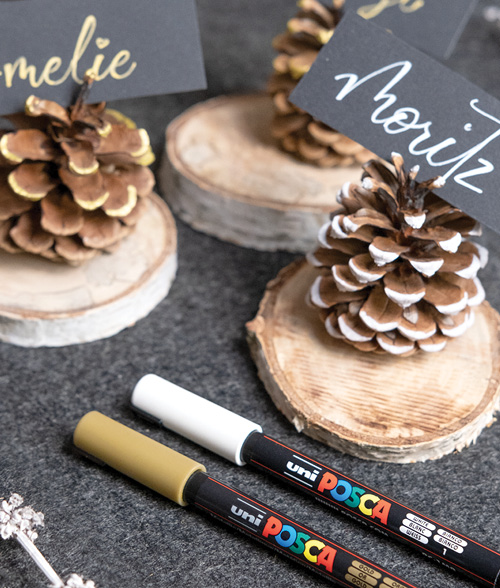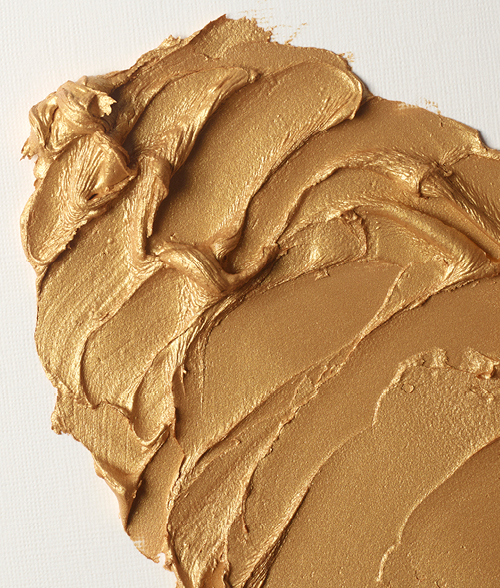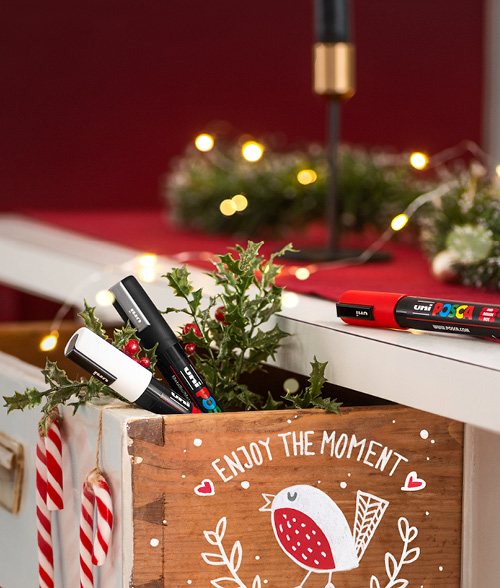Gouache paint is a favourite among many due to its similarities with traditional watercolour, with the significant difference being that gouache is opaque with a thicker consistency. Gouache paint is highly pigmented, allowing for the blending of a wide range of colours. It’s also easy to use for beginners, as it only requires water. Thanks to its qualities and simplicity, it can give a boost of confidence when you're starting to create. Many appreciate it for the ability to achieve clear, opaque colours in their artwork.


How does Gouache Paint Behave?
Gouache is often used in combination with other paints, graphite, and mixed media. It has a coarser consistency than other water-based paints and dries quickly. It's easy to paint details with gouache, and the paint flows smoothly off the brush. The paint is very covering, so the paper doesn’t show through. The surface becomes matte once dry, allowing you to paint light over dark or layer upon layer.
On What Materials Can I Use Gouache Paint?
For gouache painting, watercolour paper in blocks or sheets is commonly used. Choose paper with a higher weight of 200g-300g that can withstand water. The paint also works well on canvas, panels, or other sturdier paper. Since the paint is opaque, the colour of the paper doesn’t matter; it works just as well on black as on white.
A good guideline when choosing paper is that it should handle water without buckling or tearing. Also, consider the surface texture; you can choose between fine and coarse. If a paper is smooth and has little texture, it’s called hot-pressed paper, while cold-pressed paper (CP, Cold Pressed) has a bit more texture and a coarser grain.
How Do You Use Gouache Paint?
Gouache paint is used similarly to acrylic or watercolour. You mix the colours with water, a brush, and a ceramic or plastic palette with wells to collect the water in the colour mix, preventing it from drying out. You don’t need as much water as you would with watercolour. The advantage is that you can ensure colour precision thanks to the paint's properties, and you can paint from dark to light thanks to its opacity. You can also use it on colourful paper if you wish. Gouache allows you to plan your work differently and be more creative in various ways compared to other water-based paints. As the paint dries quickly, it's perfect for taking on outings during the summer months to paint outdoors.
Gouache Technique – Painting with Gouache
Step 1. Lay a Good Foundation
The most common way to paint with gouache is to start with a pencil sketch. Then, begin by painting a thin layer of gouache so that the pencil sketch shows through. This allows you to map out the larger areas of colour and plan your picture. The advantage of gouache is that it dries quickly and is opaque, making it common to build up layers.
Step 2. Build Up Layers
Continue covering the sketch with layer after layer. Ensure that each layer has dried thoroughly, and don't use too much water if you want the paint to sit on top. If you use too much water, you’ll dissolve the layer underneath. It all depends on the effect you desire.
Step 3. Finish with Details
Next, paint the details on top. Since the highly pigmented paint blends smoothly and forms a uniform, milky consistency with a matte finish when dry, you can achieve a lovely effect by painting with bright colours on top of each other. As the colours are even and clear, they can pop impressively and work very well with highlights.
The thicker the paint, the more velvety and matte the surface becomes. Feel free to experiment with the amount of water and mix many shades of the same hue. This offers great variety in planning the colours of your picture. Remember to keep a little water in the palette wells while working to keep the paint moist and prevent it from drying out. If you want precision in your colours, consider working consistently with the paint’s consistency and water amount to maintain uniformity.
Is Gouache Paint Waterproof?
Gouache paint is not waterproof and can be dissolved with water. With water, you can mix the desired consistency and transparency of the paint. Since gouache dries quickly, it can be painted over swiftly. If you make a mistake, you can dissolve the paint with water afterward and easily make changes to your painting. If you want it to be more durable, there’s varnish available for gouache.
Which Brushes Are Best for Gouache?
You might need different types of brushes depending on how you wish to paint. Both synthetic brushes and expensive traditional watercolour brushes work well. If you plan to use a lot of water and dilute the paint significantly, a softer watercolour brush is ideal. Otherwise, a brush with more spring might be needed since the paint has a coarser consistency. Keep your brush moist while working by placing them in a glass of water. The paint on the brush dries quickly if left unattended for too long. A set with a standard flat brush, a round brush, and a flat brush with an oval tip is a good starting point. They come in various sizes.
Gouache vs. Acrylic – What’s the Difference?
Acrylic paint becomes waterproof when it dries and is essentially plastic, which gives it a glossy and plasticky finish the more pigment you have in the paint. You can also vary and paint thin layers with a lot of water to make the surface more transparent. When acrylic dries, it becomes a darker shade. Acrylic behaves more like glue and adheres to more materials like plastic, ceramics, and glass. The paint is also more resistant to moisture and dirt. Acrylic paint comes in opaque and semi-opaque varieties and is a cost-effective choice. Acrylic paint leaves brush marks when you paint, but this is great for adding texture to the surface, and you can work in multiple dimensions. It’s also very effective for large formats on stretched canvases.
High-quality gouache has higher pigmentation and usually contains white in the paint. The tubes are smaller and more expensive than acrylics. Gouache becomes lighter and completely matte when it dries. You don’t see brush strokes; instead, the paint blends and becomes very even in colour on the surface. Gouache is most often used on panels or paper with higher weight in small to medium formats. You can reactivate the paint in the underlying layer if you have a lot of water in the top layer. The artwork appears clearer, stronger, and can resemble a really good print.
What Are the Main Ingredients in Gouache Paint?
Gouache is similar to ordinary watercolour but is made to be opaque rather than transparent. The paint has coarser particles and is thicker. Gum arabic is commonly used as a binder. Some gouache paints may contain a white pigment, often derived from ordinary chalk, to increase the paint's strength. The paint thus becomes thicker and more powerful than other water-soluble paints.
What’s the Difference Between Expensive and Cheap Gouache Paint?
There is a wide range of paints in different price categories. The more expensive paints are of higher quality, thicker, and have better pigmentation. They’re easier to mix with watercolours or in mixed media projects. The cheaper gouache paints can sometimes be a bit thin and runny and don’t have the same coverage. You might need several layers to achieve full coverage. Often, the cheaper paints are only available in pre-made sets, so you can’t choose your favourite colours.
When is Gouache Paint Suitable?
Create illustrations, paintings, or mixed media projects on coloured paper, watercolour paper, or panels and canvases. You can work on small details or large fields. Digitise your artwork and continue in a design programme to add extra dimensions and create a series of your works. For colour precision, it’s great to mix to the NCS system. NCS stands for Natural Colour System and is used by everyone from architects and designers to paint professionals.
 United Kingdom (GBP)
United Kingdom (GBP)




























